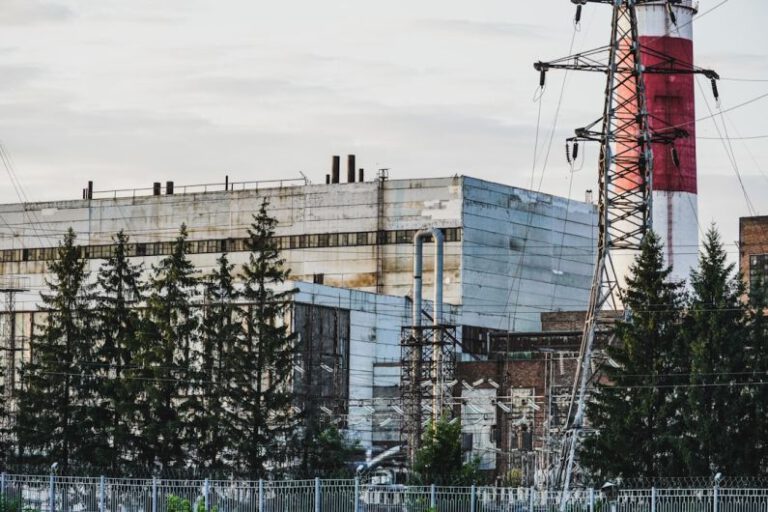How Do Geothermal Systems Lower Energy Use in Buildings?
Geothermal energy offers a sustainable and innovative solution to lower energy use in buildings. By tapping into the Earth’s natural heat, geothermal systems provide an efficient way to heat and cool structures while reducing their environmental impact. In this article, we will explore how geothermal systems work and the various ways in which they help lower energy consumption in buildings.
Harnessing the Earth’s Heat
Geothermal systems utilize the constant temperature of the Earth below the surface to heat and cool buildings. The Earth acts as a heat reservoir, with temperatures remaining relatively stable throughout the year. By installing a series of underground pipes, known as a geothermal loop, heat can be extracted from the ground during the winter and transferred into the building. In the summer, the process is reversed, with excess heat from the building being deposited back into the ground.
Efficient Heating and Cooling
One of the key benefits of geothermal systems is their efficiency in heating and cooling buildings. Unlike traditional HVAC systems that rely on burning fossil fuels or electricity, geothermal systems use the Earth’s natural heat, which is a renewable resource. This results in lower energy consumption and reduced greenhouse gas emissions. Additionally, geothermal systems can be up to 50% more efficient than conventional heating and cooling systems, leading to significant cost savings for building owners.
Consistent Temperature Control
Geothermal systems provide consistent and reliable temperature control in buildings. By drawing heat from the ground, even during extreme weather conditions, geothermal systems can maintain a steady indoor temperature without the fluctuations often experienced with traditional HVAC systems. This not only improves comfort for building occupants but also reduces the strain on the system, extending its lifespan and lowering maintenance costs.
Reduced Environmental Impact
By using the Earth’s natural heat, geothermal systems have a minimal impact on the environment compared to traditional heating and cooling systems. Geothermal energy is a renewable resource that produces no greenhouse gas emissions during operation. This makes geothermal systems an environmentally friendly choice for building owners looking to reduce their carbon footprint and contribute to a more sustainable future.
Long-Term Cost Savings
While the upfront cost of installing a geothermal system may be higher than traditional HVAC systems, the long-term savings can outweigh the initial investment. Lower energy consumption means lower utility bills, leading to significant cost savings over the lifespan of the system. Additionally, geothermal systems have fewer moving parts than conventional HVAC systems, reducing the risk of breakdowns and costly repairs.
Enhanced Property Value
Buildings equipped with geothermal systems often experience an increase in property value. As sustainability becomes a key consideration for homebuyers and tenants, properties with energy-efficient features such as geothermal heating and cooling systems are in high demand. Investing in a geothermal system can not only lower energy use and operating costs but also boost the overall value of a building.
Embracing Sustainable Solutions
Geothermal systems offer a sustainable and efficient way to lower energy use in buildings. By harnessing the Earth’s natural heat, these systems provide consistent temperature control, reduce environmental impact, and offer long-term cost savings for building owners. As the demand for energy-efficient solutions continues to grow, geothermal systems are becoming an increasingly popular choice for those looking to reduce their carbon footprint and create a more sustainable built environment.






